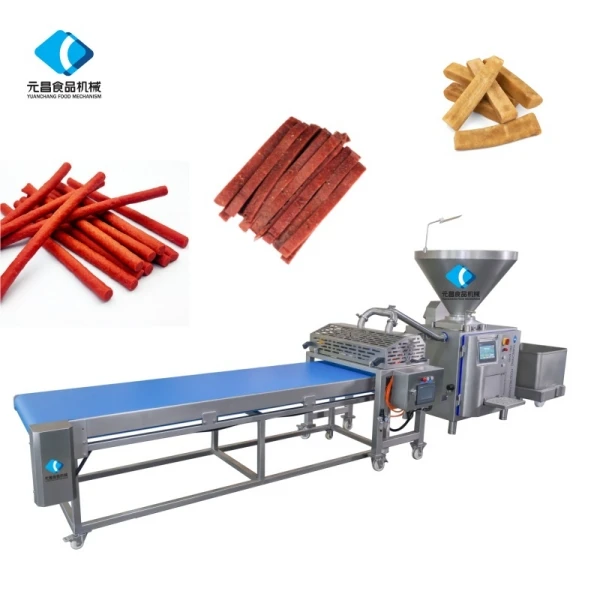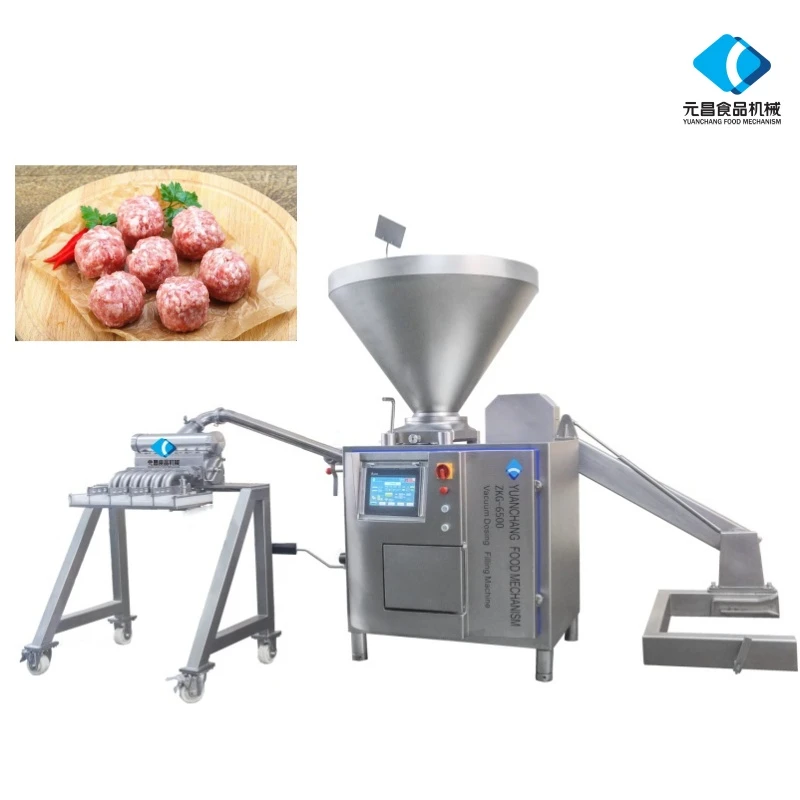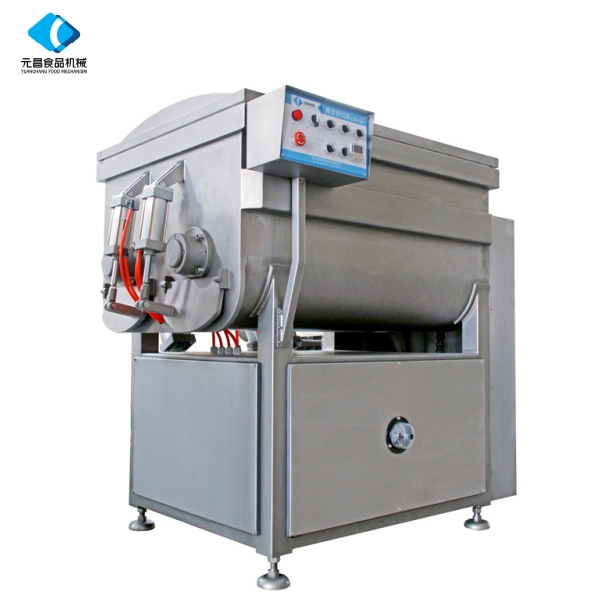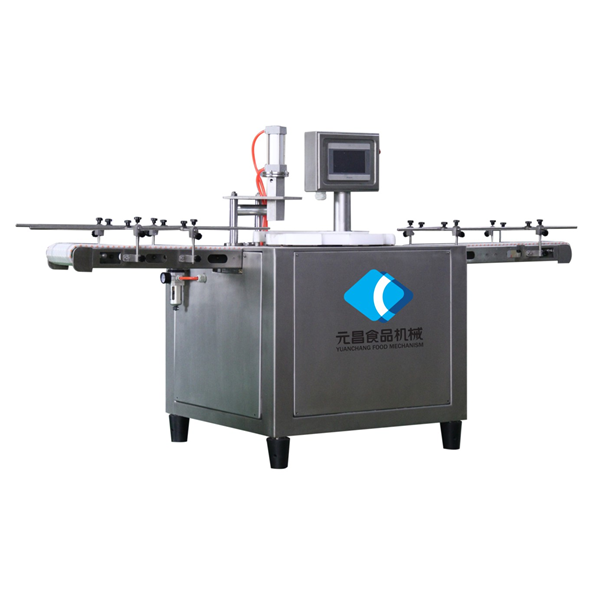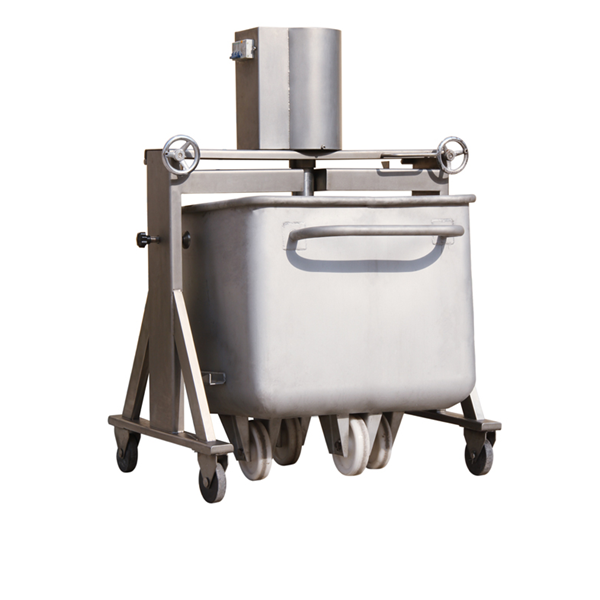bifinett meat mincer: Powerful, Large-Capacity, Easy-Clean
Inside the E130: an industry take on the Bifinett Meat Mincer
If you work in meat processing, you hear a lot of promises. To be honest, most grinders sound the same on paper. The E130 from YC Mechanism, made in Shijiazhuang, Hebei Province, China, is one of the few units I’ve seen that consistently handles chilled meat down to ≈ −10 °C without hiking product temperature. That matters: minimal ΔT often means tighter micro counts and better color retention.
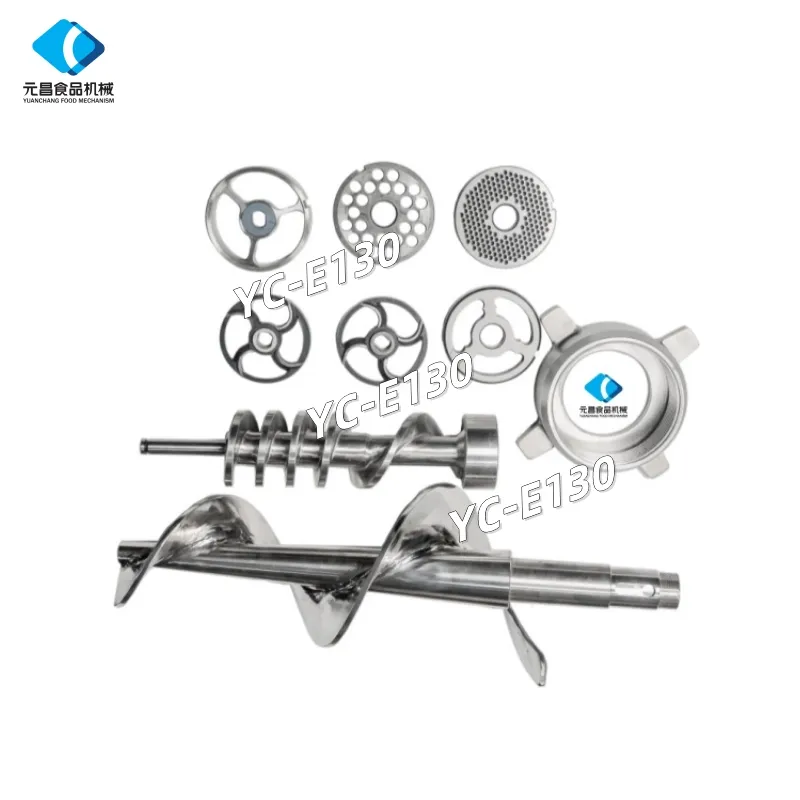
What it is and why it’s trending
Industry trend-wise, processors are shifting to low-rise-temperature grinding to preserve hemoglobin and extend shelf life—without resorting to exotic additives. The Bifinett Meat Mincer aligns with that trajectory: changeable cutters and plates for different mince sizes and slice profiles, simple controls, and high productivity. In fact, operators I spoke with liked the fast strip-down for sanitation—less fiddly hardware, more uptime.
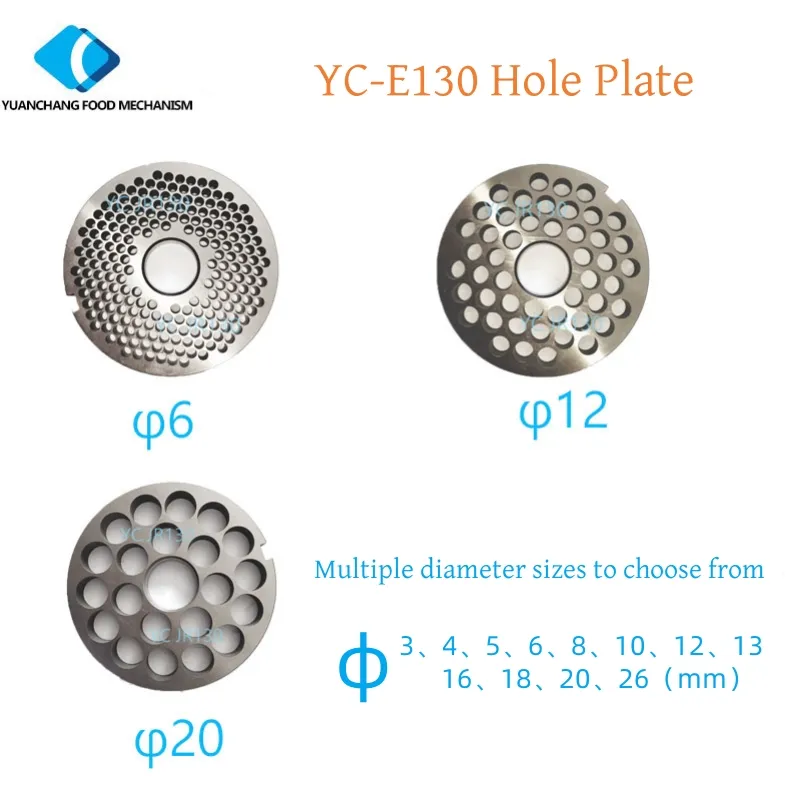
Key specifications (real‑world values may vary)
| Model | E130 industrial fresh‑meat grinder |
| Product temperature in | ≈ −10 °C to chilled |
| Temperature rise (ΔT) | Minimal; designed to avoid noticeable increase |
| Contact material | Food‑grade stainless (typ. 304), polished |
| Cutting tools | 4‑arm hard‑edge, double‑cut knives; multiple hole plates |
| Output particle sizes | Around 3–16 mm via plate change |
| Sanitation | Tool‑light disassembly; smooth, cleanable surfaces |
Process flow and quality controls
Materials: chilled lean/trim enters the feed throat; an auger conveys product to the knife/plate stack. Method: controlled shear with matched knife/plate sharpness to reduce smear and heat. Testing: plants typically verify with ATP swabs, periodic total plate count (TPC) checks, and ΔT logging. Standards to consider include EN 1672‑2 for hygienic design, ISO 12100 for machine safety, and HACCP verification. Service life is often ≈ 8–12 years with scheduled wear‑part replacement (knives/plates, seals).
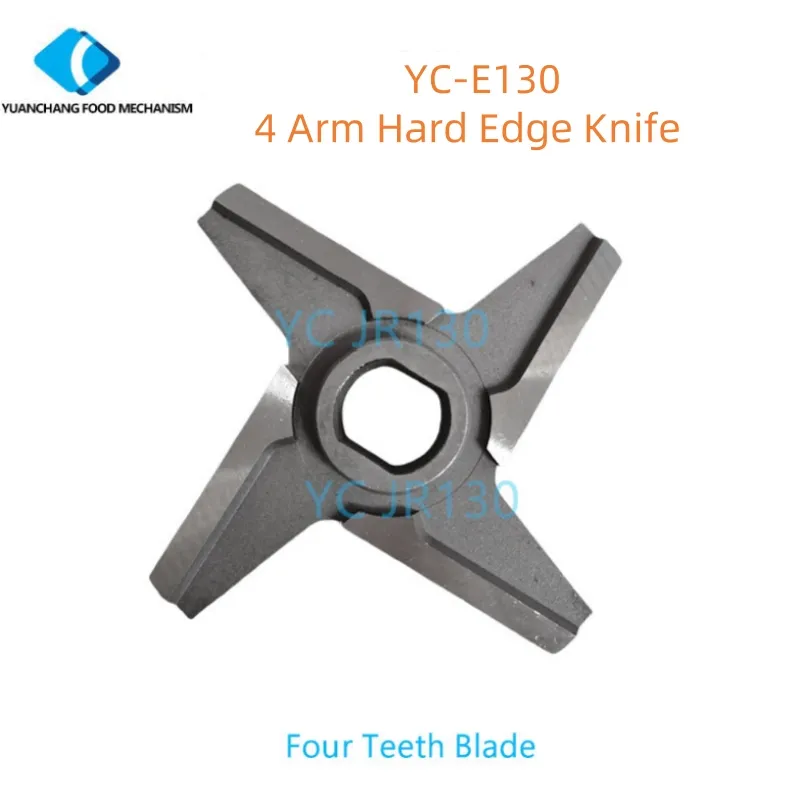
Application scenarios
- Mid‑ to large‑scale sausage and burger lines needing consistent particle definition.
- Cooked‑meat prep where minimal smear supports cleaner bind.
- Pet food grinding (chilled), commissaries, and catering central kitchens.
- R&D labs validating formulations at near‑production conditions.
Advantages I’ve noticed: steady throughput on cold blocks, straightforward plate swaps, and—surprisingly—lower operator fatigue thanks to simpler cleaning. The Bifinett Meat Mincer preserves color better than many warm‑grind units, which many customers say translates to a more appealing case display.
Vendor comparison (indicative)
| Option | Cold‑grind capability | Sanitation time | Use case |
|---|---|---|---|
| Bifinett Meat Mincer (YC Mechanism E130) | ≈ −10 °C input, minimal ΔT | Short; tool‑light teardown | Industrial/chilled lines, premium mince |
| Generic home mincer | Struggles below 0 °C | Manual, longer | Small batches, non‑continuous |
| Mid‑range industrial grinder | Chilled, mixed ΔT control | Moderate | General processing, broader SKUs |
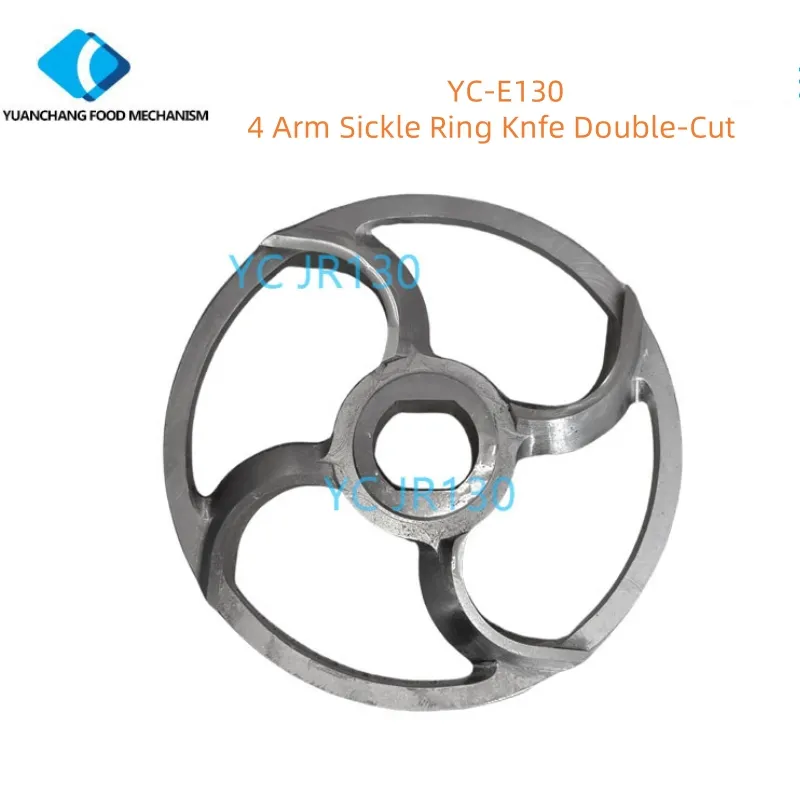
Customization, certification, and an illustrative case
YC Mechanism typically supports custom hole‑plate diameters, alternative knife geometries (single vs. double cut), and region‑specific electrics. Documentation commonly requested includes material traceability for food‑contact parts and, where applicable, CE and ISO 9001 quality system evidence—ask for current certificates. In one illustrative mid‑size sausage plant scenario, switching to the Bifinett Meat Mincer with sharper double‑cut tooling reduced smear scores and helped keep ΔT within ≈ 1–2 °C, correlating with a small bump in display life. Your mileage, of course, may vary based on raw material and line integration.
Testing and maintenance quick list
- Verify ΔT across the grinder at start, mid‑shift, end.
- Rotate knives/plates; replace when cut quality or amps drift.
- Hygiene checks: ATP after CIP/foam, periodic TPC swabs.
- Lockout/tagout per ISO 12100; guards inspected daily.
Authoritative citations:
- EN 1672‑2: Food processing machinery — Basic concepts — Part 2: Hygiene requirements.
- ISO 12100: Safety of machinery — General principles for design — Risk assessment and risk reduction.
- ISO 14159: Safety of machinery — Hygiene requirements for the design of machinery.
- Codex Alimentarius: General Principles of Food Hygiene (CXC 1‑1969) and HACCP Annex.
-
Discover the Benefits of Vacuum Marinating Machines for Efficient Food ProcessingNewsNov.24,2025
-
The Ultimate Guide to Commercial Chicken Scalders: Efficiency, Sustainability & InnovationNewsNov.23,2025
-
Chicken Harvesting Equipment: Efficient & Humane Solutions for Poultry ProducersNewsNov.22,2025
-
Comprehensive Guide to Meat Processing Plant Equipment | Efficiency, Safety & SustainabilityNewsNov.21,2025
-
Meat Processing Bins: Durable Solutions for Safe & Efficient Meat Handling WorldwideNewsNov.20,2025
-
Best Commercial Marinating Machines for Meat Processing | Efficient & ScalableNewsNov.20,2025





